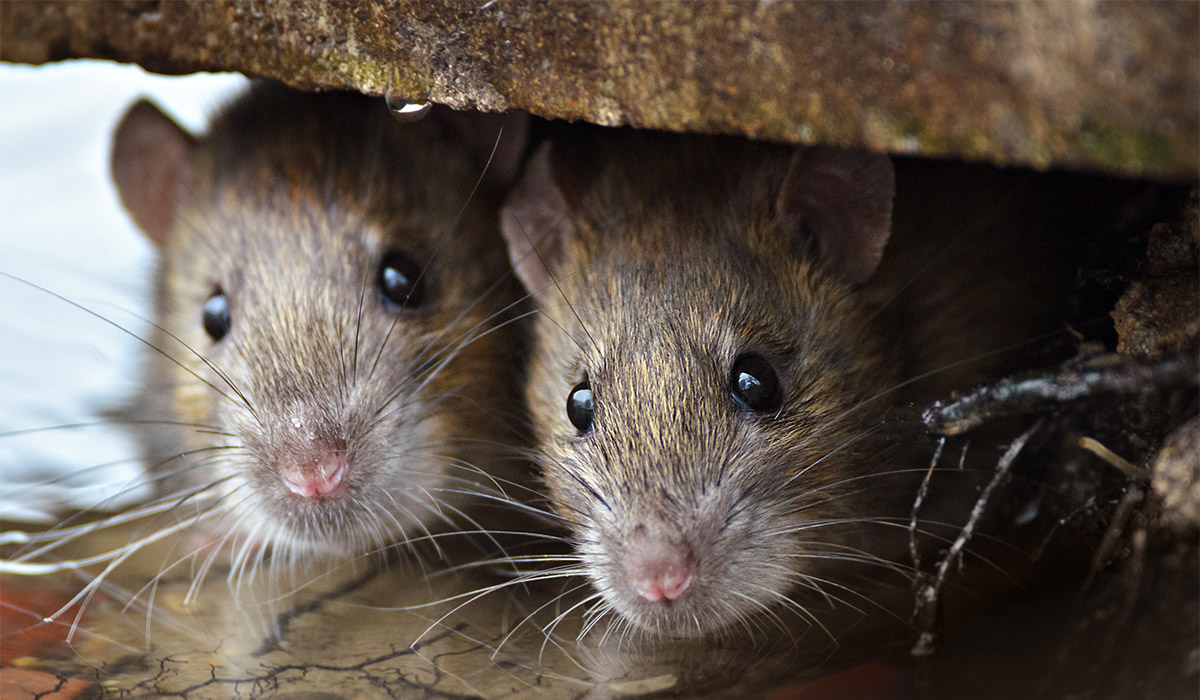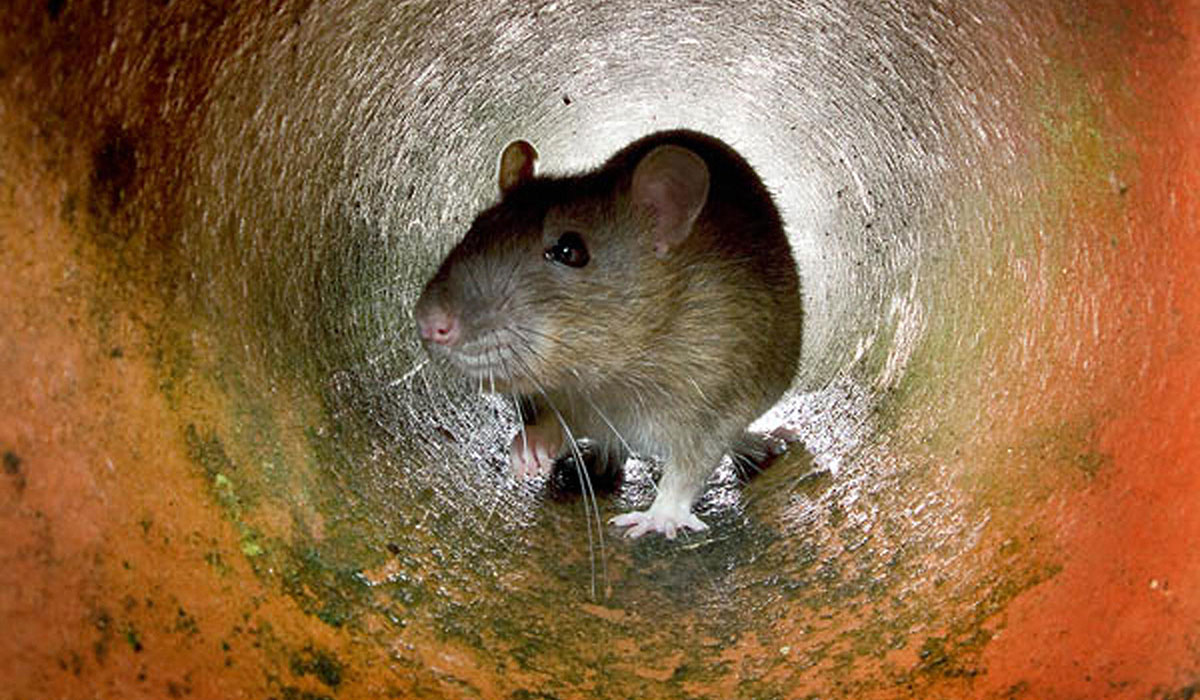Rodent Rumble: Rat Activity Surges in Ireland as Winter Looms
Ireland is bracing for a significant uptick in rat activity as the colder weather approaches, signalling a likely influx of these unwelcome visitors into homes and businesses across the nation. Pest control experts are warning residents to be vigilant, as the rodents seek warmth, shelter, and sustenance indoors.
Rentokil, a leading pest control provider in Ireland, has reported a notable increase in rat-related enquiries. For the first nine months of 2025, the company recorded a 12% rise in such queries compared to the same period in the previous year. This surge underscores the persistent challenge rats pose to properties throughout Ireland, consistently ranking as one of the most common pest issues encountered.

The Seasonal Shift: Why Rats Head Indoors
The rise in rodent activity is a well-documented seasonal phenomenon. As temperatures drop and daylight hours shorten, rats and other rodents actively seek out warmer environments. Their primary motivations are survival: finding food, escaping the harsh elements, and securing a safe place to nest. This often leads them to explore potential entry points into residential and commercial buildings.
Colm Moore, the regional technical manager at Rentokil, highlighted the importance of public awareness during this period. "As we move into the colder months, it is common to see increased rat and general rodent activity as they migrate indoors seeking warmth and shelter," Moore stated. "We are reminding homeowners and businesses to stay alert for signs of infestation, including droppings, scratching noises in walls or ceilings, footprints, and gnaw marks, and to act quickly to prevent a larger problem from developing."

Identifying the Signs of an Infestation
Recognising the early indicators of a rat problem is crucial for effective management. Property owners should be on the lookout for several key signs:
- Droppings: Small, dark, pellet-like droppings are a tell-tale sign. They are often found in areas where rats frequent, such as kitchens, pantries, attics, and basements.
- Scratching Noises: Unexplained scurrying or scratching sounds emanating from within walls, ceilings, or floors can indicate the presence of rodents. These noises are typically more noticeable at night.
- Gnaw Marks: Rats have continuously growing incisors, compelling them to gnaw on various materials to keep their teeth in check. Look for evidence of gnawing on wooden structures, electrical cables, pipes, and stored goods.
- Footprints and Smear Marks: In dusty or muddy areas, footprints can be visible. Rats also leave greasy smear marks along walls and skirting boards as they travel their regular routes.
- Nests: Rats build nests using shredded materials like insulation, paper, and fabric. These are often found in secluded, dark areas.

The Threat Posed by Rats
Beyond the nuisance factor, rats present significant risks to both property integrity and public health.
Structural Damage
Rats are adept at causing considerable damage by gnawing through essential building components. This includes:
- Insulation: They can shred and contaminate insulation materials, reducing their effectiveness and potentially leading to higher heating costs.
- Electrical Cables: Chewed electrical wires pose a serious fire hazard, as exposed wires can easily spark.
- Pipework: Damage to pipes can result in leaks, water damage, and even burst pipes in colder weather.
Health Hazards
Rats are known carriers of various diseases that can be transmitted to humans, known as zoonotic diseases. These diseases can spread through:
- Direct Contact: Coming into contact with live or dead rats.
- Urine and Faeces: Contamination of food or water sources with rat urine and droppings.
- Bites: Although less common, rat bites can transmit diseases.
Understanding the Common Rat in Ireland
The most prevalent species of rat encountered in Ireland is the Norway Rat, also commonly referred to as the Brown Rat or Sewer Rat. These hardy rodents are adaptable and widespread.
Diet and Behaviour:
Norway Rats are omnivores, meaning their diet is highly varied. They will consume almost anything, including grains, cereals, fruits, vegetables, and discarded food waste from takeaways.
A key behavioural trait of rats is neophobia, an inherent fear of new objects. This can make them wary of newly placed rat traps or poisoned bait, often requiring several days for them to overcome their caution and investigate.
Reproductive Capacity:
The reproductive rate of rats is remarkably high, contributing to their ability to establish large populations quickly.
- A female rat can produce four to six litters annually.
- Each litter typically contains five to ten offspring.
- Young rats can reach reproductive maturity within approximately three months of birth.
This rapid breeding cycle means that a single pair of rats, under favourable conditions, can potentially lead to a population of up to 700 rats within a single year. This underscores the urgency of addressing any signs of infestation promptly to prevent a minor issue from escalating into a widespread problem.

No comments:
Post a Comment